No plan survives contact with the enemy. As much of a inarguably legitimate artform professional illustration is, it is one of the few that is also ruled by a ticking clock in a way that is in totally contradiction to the process of creating. It just is. You kind find out for yourself by blowing your deadlines and then watch the offers and jobs dry up in response as that poor legend starts to spread int eh community. and it’s a MUCH smaller community than you think, believe me. I don;t care who gifted you are, inventive talented or even how many wins you’ve notched under your belt… none of that matters for long if you can;t hit the mark you agreed to when taking on the project. Early is On-TIME and On-Time is LATE is a solid rule of thumb to sing to yourself long enough that your cells know it.
But the creative process doesn’t work that way. Inspiration and creation is a timeless act. Not out of time or against it, it doesn’t give a rat’s patootie that time exists at all. The muse comes when it comes on its own schedule. So how in the hell do you reconcile that with the deadline you just agreed to? You plan for the chaos. You make room for it as best you can. It doesn’t mean that the muse will still withhold and spoil your plans, and it doesn’t mean you won’t work 3 1/2 weeks of the month you have allotted for the job being lost feeling panicked and freaking everyone out when that last moment lightening bolt hits, offers you the solve you’ve been digging for and ace the project on schedule. It’s a wild rollercoaster that is not for everyone. I always think of it like a pet Tiger: You might tame it spend years with it and somehow bring that tiger to heel and obey your commands to a degree… but it’s still a tiger and it can turn on you at anytime, and will.
Your dance with the muse is like any relationship or marriage: it takes work and time and energy to keep it alive. The more you do this the more time you invest, the better your handling of this dance becomes, but it doesn’t change the nature of the tiger. It’s a lot of mized metaphors but you see what I mean. So how to navigate this weird dance and somehow cajole it all into landing when it’s due? here’s some notions:
PAD YOUR DEADLINE
Buy as much time as you can to do a project. Often you don’t get that choice as these things always seem to come mere weeks from their need-date. Less so in books I admit, but in film, tv, gaming and any sort of ad based work… that is the nature of that particular beast, so be ready for it. You just need to allow for time to let yourself get lost, to have whole days pass int he studio where you cannot come up with a single galndanged thing to make the project come together. Because that time you spend on the relationship may seem like wasted days, but it’s really an investment. Trust that you’re working the problem even subconsciously, and that all that time whirling in the clouds will aggregate into a solution. That beautiful eureka moment you can get just when you need it to arrive.
DON’T LET THE CLOCK COMMAND INSPIRATION
I got my start being Johnny-on-the-Spot, and built my career on that. It’s not for everyone to do this but I am pretty fast in the execution part of illustration and I use that to my advantage for sure. It also tends to invite emergencies the same way being a fireman means when there’s a fire anywhere you get called. This is all well known for me, and I make use of it best as I can. That is not to say this is the way everyone should operate. not by miles. I sometimes find the crisis forces Freeform /instinctual thinking and invention for me in particular- it gets in front of the problem without overthinking, which I always tend to do…. BUT, It is not a healthy or reliable place from which to create. And I mean to differentiate CREATING from DRAWING (or painting, dance, acting whatever). The invention part, the creation bit can often freeze up in a crisis of being overextended, too busy minded or burned out. You need to go into these situations well rested well fed and ready for battle. Make your plans and then be ready to make new ones once you’re going. Respect the clock but don;t mistake it for a source of invention. As ,much as deadlines sharpen attention, they can also infuse panic and scrambling, and then you start chasing the best possible solution over the best one you don’t get to discover because you didn’t plan fo r the time to find it.
TAKE INTO ACCOUNT THE APPROVALS OF OTHERS
You can give an estimate and timing for how long YOU take to do your job, but you can’t ever really take responsibility for how long THEY edit, art direct and answer. We create our own schedules and your overseers work at real grownup style 9-5 jobs. They aren’t always inherently looking to get the job done so they can book another- they’re getting paid no matter how they spend their day. You and them have different structural agendas. They may have committees they need to answer to and schedules to affirm to align with production meetings and budget presentations, that’s their job and not yours… but it does affect you. You can race and be done early on a gig and still wait days and sometimes weeks for final notes and approvals. It could take so long for the lawyers to get the contracts sorted that you’re signing them to affirm the work weeks after you’ve finished the project and moved on. You can help cajole things into being but at the end of the day, you will still have to wait for word from on high. Plan for it.
The secret of our thing is this is how I run multiple jobs simultaneously. While say I’m awaiting director approval on a job for Criterion, I exploit that loophole to sort out some other work for my publisher, or another client, and use those stalls to do the same for the other project. These delays can be opportunities even if they only buy time for you to rest, clear your head and be ready to plunge back into battle.

Simply put use ALL the tools you have to do the job that needs doing. Even the approval lags I mentioned above are a perfect case of taking something that may be incidental or even a negative and reshaping it to be a tool you can use for your work. Just as the close-knit relationships that come with this community can either be a place where your good news is spread, or your terrible legend is warned, even things that aren’t inherently tool like can be utilized to a goal if you think outside the box of their origination. Just ask John Wick about pencils if you don’t believe me. Catching the flu can knock you out of the office for a few days at the worst time, but it can also gift you with some down time to recharge your brain, or research your project, sketch and take a more passive and receiving role in the process at just the right time. Outside rando events can take and give. The Covid pandemic seized up a lot of work for most but surprisingly afforded me more than I ever had at anytime before. The lockdowns got me off a frenzied treadmill that was burning me to the bone, and taught me the need to chill out a little, let things be, make time for nothingness and see that actual true value of goals that seemed bedrock when I was too busy to stop and question them. It’s a thief that gives while it steals, so be ready to keep your eyes open to see the possibilities even while you’re having to wrestle with the panic.
TAKE YOUR PROCESS SERIOUSLY
The way YOU make work is going to be different than it is for me or anyone else. Know this. No matter how conservatively trained you are, your process is your own and any client you work for worth their salt is going to know this and want to make sure to accommodate it, because that’s how they get the best work out of you. I try to avoid jobs where I get the sense the corporate system is more important than the result. It just invites a conflict of goals and ethics that for me always harms the work. They aren’t always predictive, but this is why it also helps to check in and make sure so you know what you’re getting yourself into when working with companies like DISNEY or A24 versus others that might be less forceful about what they want. There are folks who can do both, most that can only do one or the other. Be clear about which of those you are to avoid bad dates. I myself cannot draw well in public, and so I avoid live technique demos, and never even sketch in public. I know myself enough to know I neither enjoy them and that they create too much anxiety and stress to ever derive good work from the se things. While I may be freer to write in different places, coffee shops or bookstores and libraries, I cannot draw there. for that work I need my familiar studio, access to my research, music inspiration books and art tools that are where I know to find them. I’m a settler not a wanderer. It’s not better or worse, and we each of us have to find our own crisp picture of our process, and defend it where we need to because that’s how we get the best work, and that’s the point really.
Most of all don’t let a normal person, a non-artist type or really anyone else dictate to you the terms of your invention. I myself do my best writing and conceptualizing when I’m driving a car listening to music. Some people find that in a shower they take, and I know a guy who dances with his muse while playing on his xbox, I know another who find it when cooking. The specifics don’t matter. It’s the right fit for you that does. And don’t let anyone else judge you for the shape of it. They simply don’t know what they don’t know when they do. It’s like someone else offering you unsolicited advice on how to parent your kids. Trust yourself, trust your process and it will take you far.
You can thread the needle between being your truest artistic self AND manager to make your deadlines. If that’s not a circle you can square healthily, then illustration and professional work like this is not for you and I recommend you get out. I think my own kids, both creatives, see my artlife as a thing they know they don’t want to do because they see how I need to be to do it, and it just doesn’t suit the pace they need. Art doesn’t need commerce to be. So take stock of yourself, be adaptable, make room for the inherent chaos of creating and for god’s sake have fun while doing it. If you’re not inspired to it, not looking forward to getting back in the studio to wrestle with it… it’s time to rethink what you’re doing. The muse hates exhaustion and sees any attempt to command it totally as an excuse to get as far away from you as possible. SO even if you have a Friday deadline and it’s already Tuesday… if your process can afford the time to do so, take that Wednesday off to go to the beach, drive that car, take that shower or mow the lawn towards your inspiration. Accommodate and respect the whole process while also doing so for the deadline your publisher needs you to make. Do it right and it’s a self perpetuating circle that can lead you to a lifelong career. Ignore it, and you won’t last three years if you’re lucky. It’s an unforgiving thing, this thing we do, and like all battles, there’s growth bursting to be found there if you lead yourself to it.



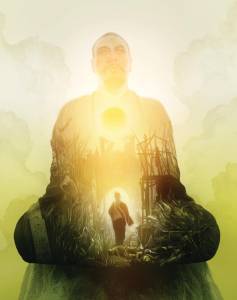
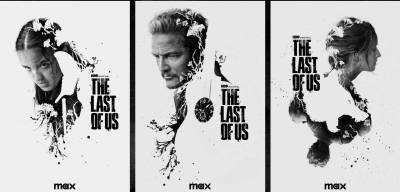
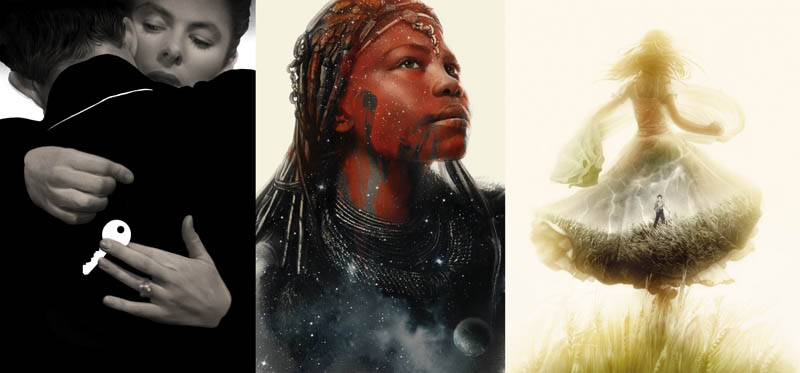
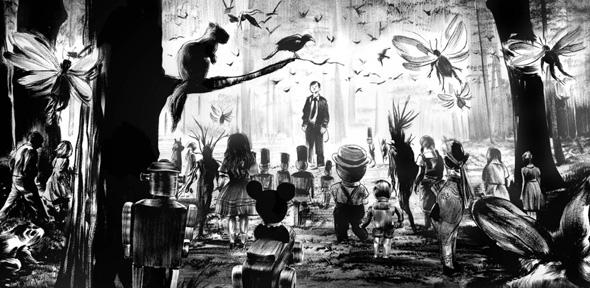
![Spoiler] Key Art for DUNE: Part Two, by Greg Ruth (added Spoilers flair, just in case) : r/dune](https://preview.redd.it/spoiler-key-art-for-dune-part-two-by-greg-ruth-added-v0-ykjtlqr9xuoc1.png?auto=webp&s=c0d0a783e830cf445b1bc5a7dc88ea4545b2b7a9)


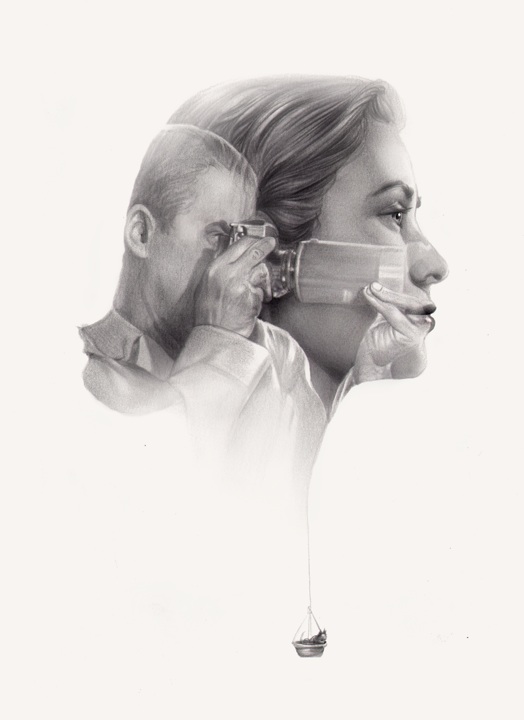
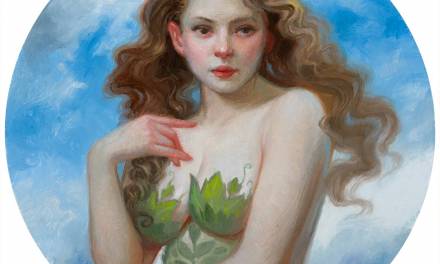
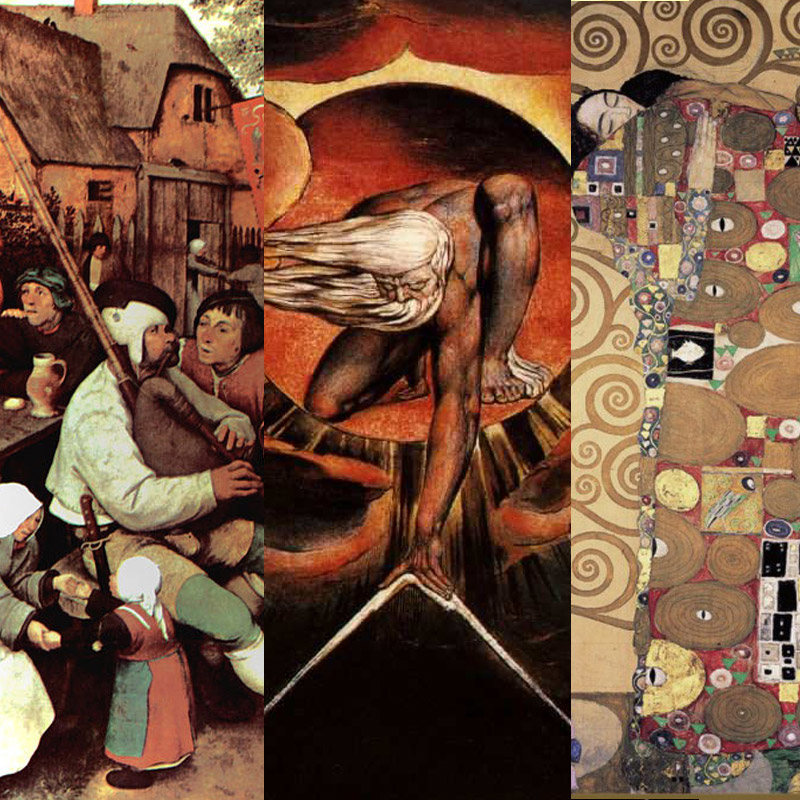
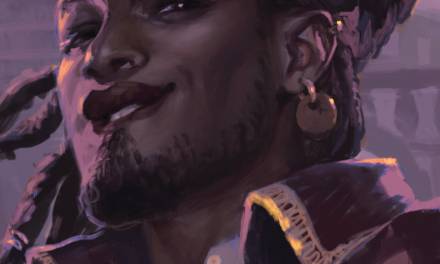

Recent Comments